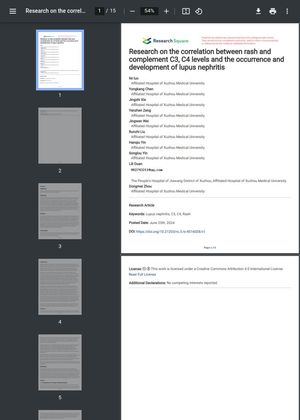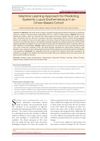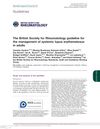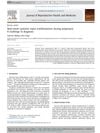Research on the Correlation Between Rash and Complement C3, C4 Levels and the Occurrence and Development of Lupus Nephritis
June 2024
in “
Research Square (Research Square)
”

TLDR Absence of skin rash and low complement C3 levels increase the risk of lupus nephritis.
The study investigated the relationship between skin rash, complement levels, and the risk of lupus nephritis (LN) in 271 patients. Results showed that the absence of skin rash and low complement C3 levels were significantly associated with the occurrence of LN. Multifactor analysis confirmed that both factors were influential in the development of LN, with a combined predictive diagnostic value (AUC: 0.708, sensitivity: 0.83, specificity: 0.70). However, low levels of complement C3 and C4 were not significant in the progression of LN. The study concludes that the absence of skin rash and low complement C3 levels are risk factors for LN, while disease activity alone may not predict kidney function deterioration.





